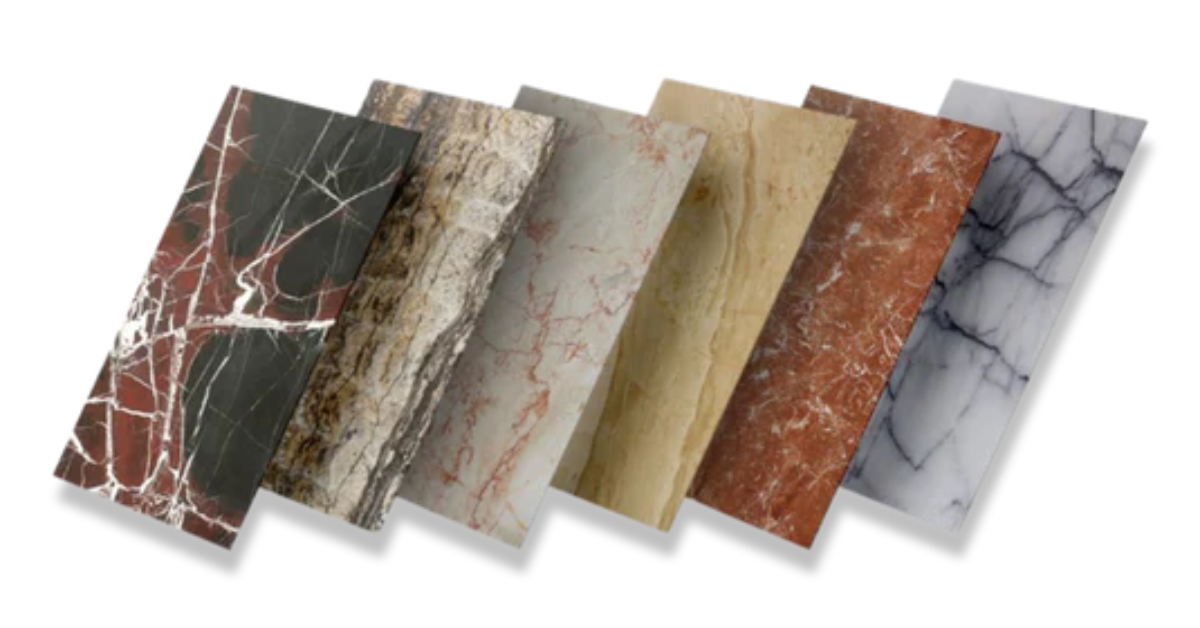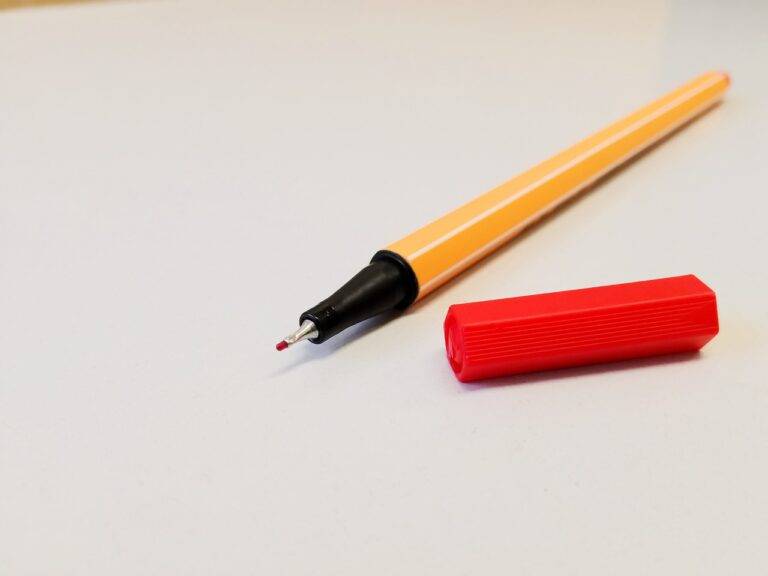Understanding the Marble Stone Price: A Comprehensive Guide
Marble is one of the most luxurious and timeless materials used in architecture and interior design. Known for its elegance, durability, and sophisticated appearance, it has been a favorite choice for centuries. Whether it’s used in flooring, countertops, sculptures, or wall cladding, marble enhances the aesthetic of any space. However, when considering this material for a project, one Marble Suppliers Near Me of the most important factors to take into account is the marble stone price.
The cost of marble can vary significantly based on several factors, which can make the pricing seem complex. This article aims to break down the key components that influence marble pricing and provide a comprehensive guide to help you understand what to expect when purchasing marble stone.
Factors Influencing Marble Stone Price
-
Quality and Grade of Marble
The quality and grade of marble are the primary determinants of price. High-quality marble is more expensive due to its superior appearance, structure, and longer-lasting durability. The grade is determined by factors like veining, color, and the purity of the stone. The clearer the veining and the more uniform the color, the higher the price. Lower-grade marble may have more imperfections and inconsistencies, making it a more affordable option. -
Origin and Location of Quarry
The geographical location from where the marble is sourced can greatly affect the price. Marble from certain regions, such as Italy (Carrara marble) or India (Makrana marble), is renowned for its exceptional quality and unique appearance. As a result, the marble extracted from these areas tends to be priced higher than that from other locations. Shipping costs also play a significant role—marble that has to be imported from overseas or transported over long distances often comes with a higher price tag. -
Type of Marble
There are various types of marble available in the market, each with distinct features that influence the price. Some of the most popular types include:-
White Marble: Known for its pristine appearance and classic appeal, white marble is often seen in high-end residential and commercial projects. Its price can vary depending on the shade and veining pattern.
-
Colored Marble: Colored varieties, such as green, red, or yellow marble, are rarer and more expensive than white marble. The unique hues and patterns make these marbles highly sought after for specific designs.
-
Veined Marble: This type of marble features beautiful veins or patterns running through it. Popular examples include Carrara marble, which is famous for its fine gray veining. The more pronounced and intricate the veining, the higher the price.
-
-
Thickness and Size of Marble Slabs
The thickness and size of the marble slabs you choose will also affect the overall cost. Thicker slabs are generally more expensive due to the amount of material required and the complexity involved in processing them. Additionally, larger slabs are more costly because of the size, transportation, and cutting efforts involved. -
Finishing Process
The finishing process plays an important role in determining the price of marble. Marble can be polished, honed, brushed, or tumbled, each process affecting the texture and appearance. Polished marble, with its glossy surface, is often more expensive due to the labor-intensive process involved in achieving that high shine. On the other hand, honed marble, which has a matte finish, may come at a lower price point. -
Market Demand and Supply
Like any commodity, marble prices are also influenced by the market’s supply and demand. If there is a high demand for marble, especially in a particular region or industry (e.g., luxury real estate or commercial buildings), prices are likely to increase. Conversely, if there is an oversupply of marble in the market, prices may decrease. -
Finishing and Installation Costs
Apart from the stone itself, the cost of finishing and installation can significantly impact the overall price of the marble project. This includes the cost of cutting, polishing, and installing the marble in your desired location. If you hire a professional installer, expect to pay for labor in addition to the material cost.
Price Range for Marble Stones
The price of marble stone varies depending on the factors mentioned above. On average, the price can range anywhere from ₹50 to ₹300 per square foot or even more in certain cases. Here’s a breakdown of how the pricing typically falls into different categories:
-
Low-Range Marble: This is typically lower-quality marble, which may have imperfections or be sourced from less well-known quarries. It can cost around ₹50 to ₹100 per square foot.
-
Mid-Range Marble: This category includes good-quality marble with visible veining and attractive color patterns. Prices range from ₹100 to ₹200 per square foot.
-
High-End Marble: High-quality marble with intricate veining, rare colors, and superior finishes fall into this category. Prices range from ₹200 to ₹300 per square foot and can go beyond for highly exclusive varieties.
-
Imported Marble: Imported marble, particularly from Italy or other renowned marble-producing regions, can command prices that exceed ₹300 per square foot, depending on the quality and uniqueness of the stone.
How to Calculate the Total Cost of Your Marble Project
When purchasing marble, it’s important to calculate not only the material cost but also the additional expenses involved in the project. Here’s how you can estimate the total cost:
-
Measure the Area: Calculate the total square footage of the area where the marble will be installed. This could be a floor, countertop, or wall.
-
Choose the Marble Type: Based on your budget, select the marble type you prefer. The price will vary depending on the quality, color, and finish.
-
Consider Finishing and Installation Costs: Get an estimate for the labor and finishing services. The cost of installation can vary based on complexity, location, and the experience of the professionals.
-
Add Transportation Fees: If you’re importing marble or purchasing it from a far-off location, make sure to include the shipping cost in your budget.
-
Calculate Total Costs: Multiply the area of your project by the marble price per square foot, and then add the additional costs like labor, shipping, and finishing.
Why Marble Remains a Popular Choice Despite the Price
Despite its relatively high cost, marble remains a top choice for homeowners and builders because of its unmatched elegance and durability. Here are a few reasons why people still prefer marble:
-
Aesthetic Appeal: Marble adds a touch of luxury and sophistication to any space, making it an ideal choice for high-end projects.
-
Longevity: Marble is a natural stone that can last for decades or even centuries if properly maintained. This durability makes it a worthwhile investment for many homeowners.
-
Versatility: Marble can be used in various applications, including floors, countertops, walls, and even decorative pieces. Its ability to blend with different design styles makes it a versatile material.
-
Timelessness: The classic appeal of marble never goes out of style. Whether it’s for traditional or modern interiors, marble always looks elegant and chic.
Conclusion
Understanding the factors that influence marble stone prices can help you make an informed decision when purchasing this luxurious material. While the cost may seem high, marble’s beauty, durability, and timeless appeal justify the investment. By carefully considering the type, grade, and origin of marble, as well as additional factors like installation and finishing costs, you can ensure that your marble project fits within your budget and meets your design needs. Whether you’re designing a residential space or a commercial property, marble is a worthy investment that brings a sense of grandeur and lasting value.







